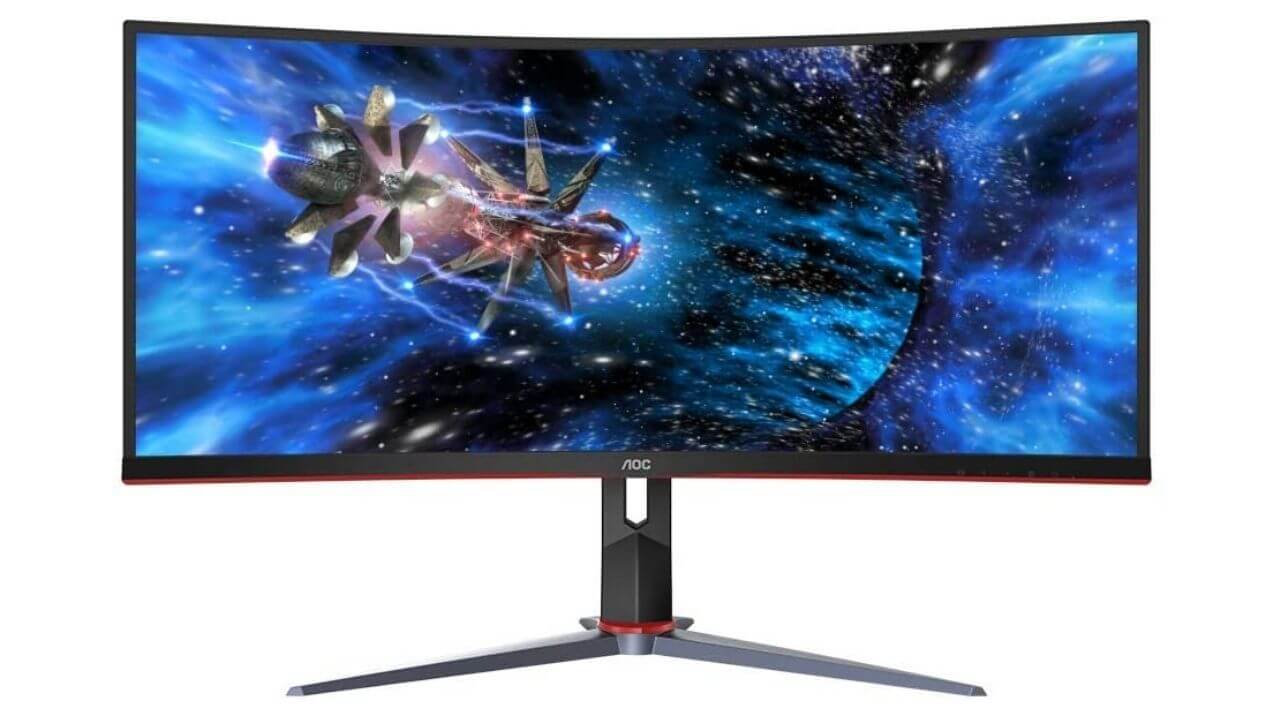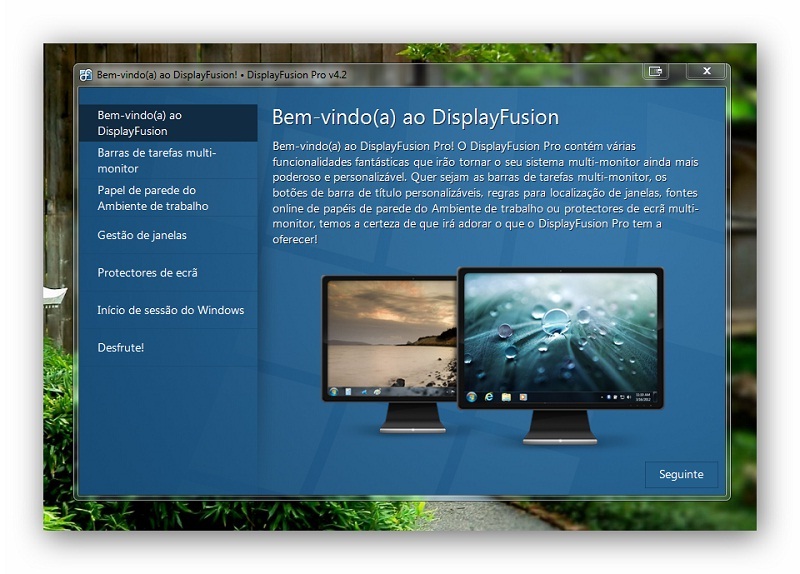

This is how I personally choose to use multiple monitors, since it puts all my shortcuts in one place. The first switch removes the taskbar from your secondary display. There are a lot of useful options here for Windows 10 users, but if you scroll down to the Multiple Displays section, you'll see what we're interested in. Right-click on the taskbar and choose Taskbar Settings. Tweak Your Taskbarīy default, Windows will extend your taskbar to both monitors, which can be handy-though you can customize it a bit further to your liking. You can also adjust brightness and color from the Display menu. From this menu, select Scaled and choose a new resolution preset. If you need to adjust the scaling on a Mac, open System Preferences > Displays and a secondary settings menu for your monitor will open. Once you're done tweaking all these settings, your monitors should match up much more closely, making it easier and more pleasant to move windows between them. To go even further, you can use each monitors' built-in settings to adjust brightness and color to make them match as closely as possible.

So, if one monitor is 4K and the other is 1080p, you can set each monitor to its native resolution but increase the scaling on the higher-resolution one, so your windows appear the same size on each. If you have a 4K monitor next to a 1080p monitor, open Display Settings and scroll down to the Scale and layout section to adjust the resolution of each monitor and its scaling. Mac users should open System Preferences > Displays, then click the Arrangement tab to align the monitors in a way that makes the most sense for your setup. This will also prevent (or at least mitigate) any areas where it becomes impossible to move the cursor between screens. Instead of jumping up or down the screen, it'll appear in the same spot on the other monitor. You may have to do a little trial and error to get them lined up properly.īy lining the monitors up correctly, you will avoid issues when moving the cursor between screens. From this page, Windows 10 and Windows 11 users should be able to drag the rectangles around so they match the monitors' orientation on the desktop say, if one is slightly lower than the other. Right-click on the desktop and choose Display Settings. This will produce some weird behaviors, but it's easy to fix. For example, maybe you're plugging your laptop into an external display and using them side by side. If you have two different monitors, however, you may need to do a bit more work to make them play nicely with each other. Just adjust each monitor's stand so they line up perfectly, and you're off to the races. If your monitors are the same make and model, you can probably skip this section-once you plug them both in, Windows should automatically extend your desktop horizontally.


 0 kommentar(er)
0 kommentar(er)
